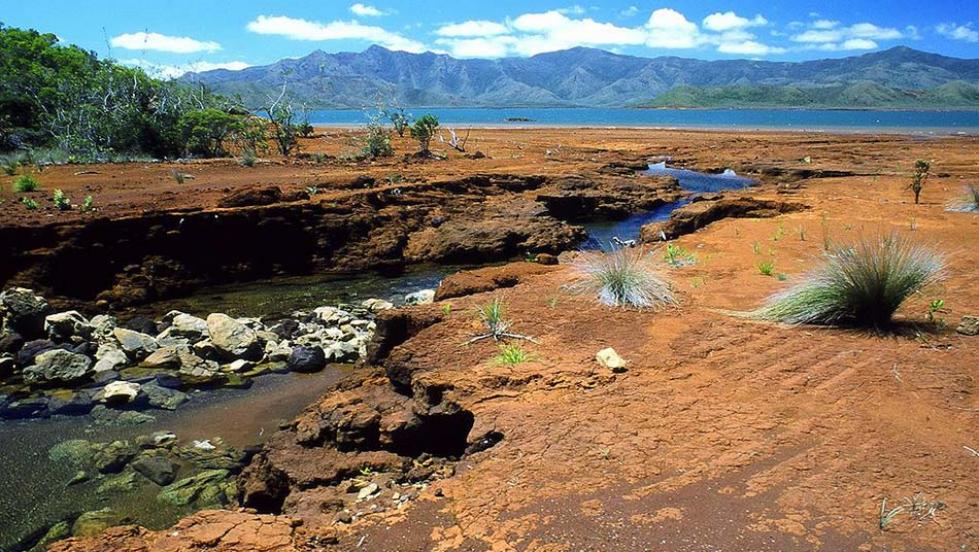About New Caledonia
New Caledonia is a special collectivity of France in the southwest Pacific Ocean, located to the south of Vanuatu, about 1,210 km (750 mi) east of Australia and 20,000 km (12,000 mi) from Metropolitan France. The earliest traces of human presence in New Caledonia date back to the Lapita period c. 1600 BC to c. 500 AD. The Lapita were highly skilled navigators and agriculturists with influence over a large area of the Pacific. British explorer Captain James Cook was the first European to sight New Caledonia, on 4 September 1774, during his second voyage. Since 1986, the United Nations Committee on Decolonization has included New Caledonia on the United Nations list of Non-Self-Governing Territories. An independence referendum was held the following year, but independence was rejected by a large majority. In July 2010, New Caledonia adopted the Kanak flag, alongside the existing French tricolor, as dual official flags of the territory. The climate is tropical, with a hot and humid season from November to March with temperatures between 27 °C and 30 °C,[44] and a cooler, dry season from June to August with temperatures between 20 °C and 23 °C.
